The 26th meeting of the International Commission for the Conservation of Atlantic Tunas (ICCAT), the body responsible for the conservation and management of tunas, sharks, and other highly migratory species in the Atlantic Ocean, concluded in Palma de Mallorca late yesterday evening.
680 delegates from 47 Contacting Parties spent 9 days discussing, debating and finally adopting 12 new Recommendations and five Resolutions.
Before the meeting, the Global Tuna Alliance and Tuna Protection Alliance, together representing 24 supply chain companies in North West Europe, called on members and cooperating non-members to take the following critical actions:
• Adoption of stock-specific management measures for yellowfin and bigeye that are consistent with scientific advice
• Strengthening FAD management measures
• Reforming the regulations of at-sea transshipment
So how did ICCAT fare?
A Total Allowable Catch (TAC) of 62,500t and 61,500t, for 2020 and 2021, respectively was agreed for bigeye under a 15yr rebuilding plan. The bigeye stock is currently overfished and under the plan there is (slightly) more than a 50% chance that the stock will rebuild by 2034. Individual country quota cuts range from 21-10%, and those countries catching less than 1000t agree not to exceed that amount.
The annual TAC for yellowfin will remain at the current level of 110,000t. The stock of yellowfin is currently overfished, and TAC for yellowfin tuna was exceeded in 2016 by 37% in 2016 and by 26% in 2017. It was agreed that ICCAT shall adopt additional conservation measures at the 2020 meeting, which may include a revised TAC, closures or allocated catch limits, should the scientific advice recommend it.
To reduce the fishing mortality of juvenile bigeye and yellowfin, it was also agreed to reduce the maximum number of Fish Aggregating Devices (FADs) from 500 to 350 per vessel in 2020 reducing to 300 in 2021, and to prohibit the use of FADs for 2 and 3 months in 2020 and 2021, respectively.
Little was achieved on strengthening the regulations of as-sea transhipment, despite the provision of common ‘best practices’ by several NGO observers. This is disappointing as transshipment is recognized as one of the major missing links to understanding where and how illegally caught fish finds its way to the market.
